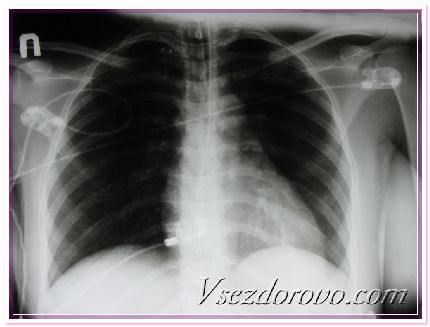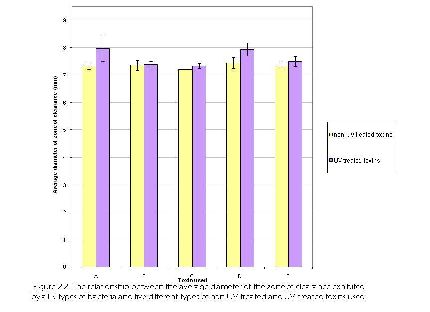
Pfizer, international pharmaceutical company, on Tuesday launched a new vaccine pneumococcal pneumonia conjugated vaccine (PCV) 13 in the Kenyan market. This follows the deployment of conjugated pneumococcal vaccine in February this year in Kenya as part of the Global Alliance for Vaccines and Immunization (HAVI)
BЂњPneumococcal diseases are the leading vaccine preventable cause of death in children under 5 years of age throughout the order strattera world according to international statistics, the World Health Organization. The good news is that PCVs play an important role in reducing the burden of pneumococcal disease and related cost and health, BЂ "SayBЂ ™ s ™ s PfizerBЂ Senior Regional Director of Medical Affairs, Vaccines in emerging markets, Dr. Amgad Hamil. BЂњThis informed decision PfizerBЂ ™ s reach to the East Africa market with a vaccine that is currently in the National Plan of Immunization (NPI) over 90countries worldwide. BЂ, "he adds. Dr. Hamil said Pfizer is working in close cooperation with the Alliance HAVI and they will contribute to the alliance 20000000 doses to areas that desperately need to get the vaccine. Pneumococcal disease currently kills more than a million people each year BЂ "including more than half a million children under five years. Pneumonia is the most common form of serious pneumococcal infections and is 18% of child mortality in developing countries, making it one of the two leading causes of death among young children. Pneumococcal vaccine BЂњThe can help us significantly reduce the number of children who die from pneumonia, a killer disease that is responsible for millions of deaths worldwide annually. By combining forces to immunization with other measures as improved nutrition and sanitation, we can change and save millions of lives childrenBЂ ™ s, BЂ "stated Professor Fred were chairman of Kenya Association of Pediatrics. Been professor noted that pneumonia claims many childrenBЂ ™ s life in Kenya than malaria, AIDS and measles combined, and urged the government to invest more in prevention and treatment of pneumonia. "Up to 20% of deaths among children of Kenya may be associated with pneumonia. However, Kenya spends less than 5% of its GDP on health care is even below average AfricaBЂ ™ s 5. 5 percent, BЂ "adds the professor was. The new pneumococcal vaccine conjugated (PCV13) protects against bacteria, 13 types of pneumonia, which are responsible for most severe pneumococcal infections in children. PCV13 replaces the previous conjugated vaccine (PCV7), which are protected against seven types of pneumococcus and has been in operation since 2000. << >>





